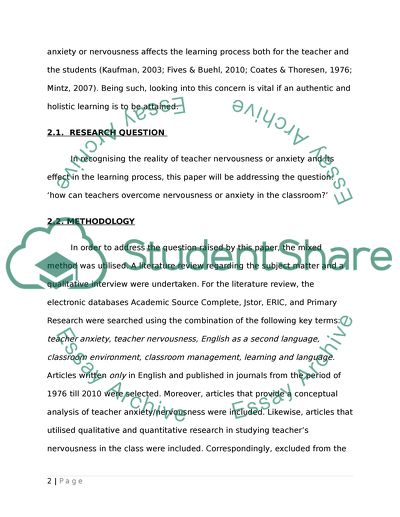Cite this document
(“Action research project (for non-experienced teacher on English Essay”, n.d.)
Retrieved from https://studentshare.org/miscellaneous/1564479-action-research-project-for-non-experienced-teacher-on-english-language-teaching-elt-setting
Retrieved from https://studentshare.org/miscellaneous/1564479-action-research-project-for-non-experienced-teacher-on-english-language-teaching-elt-setting
(Action Research Project (for Non-Experienced Teacher on English Essay)
https://studentshare.org/miscellaneous/1564479-action-research-project-for-non-experienced-teacher-on-english-language-teaching-elt-setting.
https://studentshare.org/miscellaneous/1564479-action-research-project-for-non-experienced-teacher-on-english-language-teaching-elt-setting.
“Action Research Project (for Non-Experienced Teacher on English Essay”, n.d. https://studentshare.org/miscellaneous/1564479-action-research-project-for-non-experienced-teacher-on-english-language-teaching-elt-setting.


